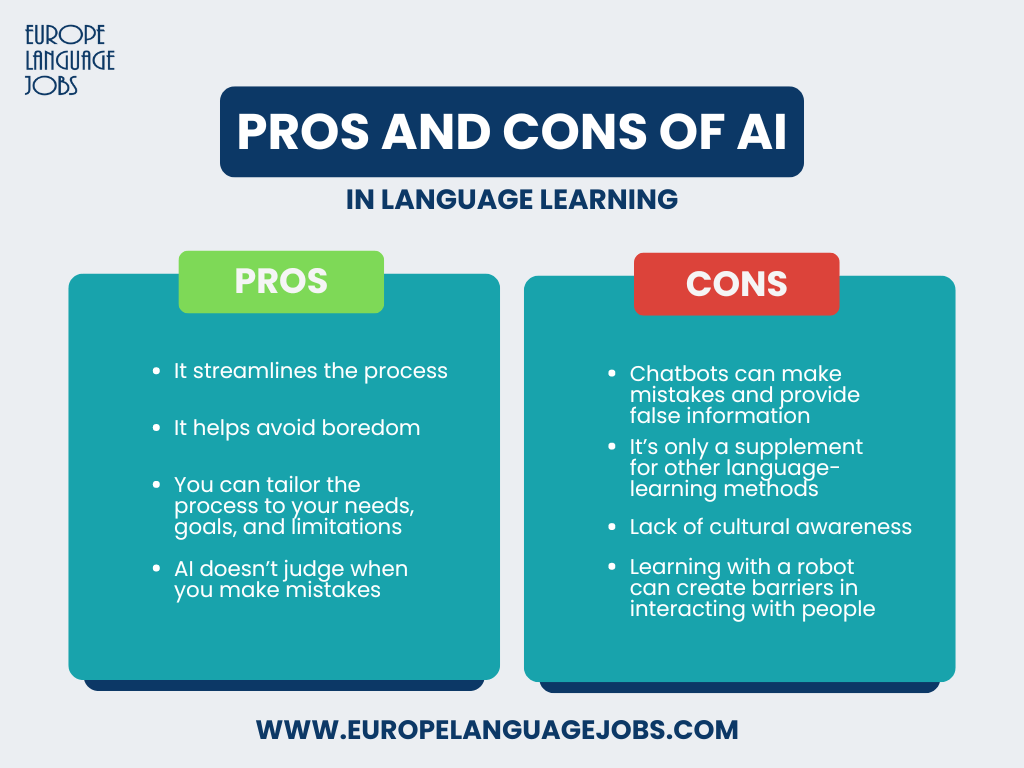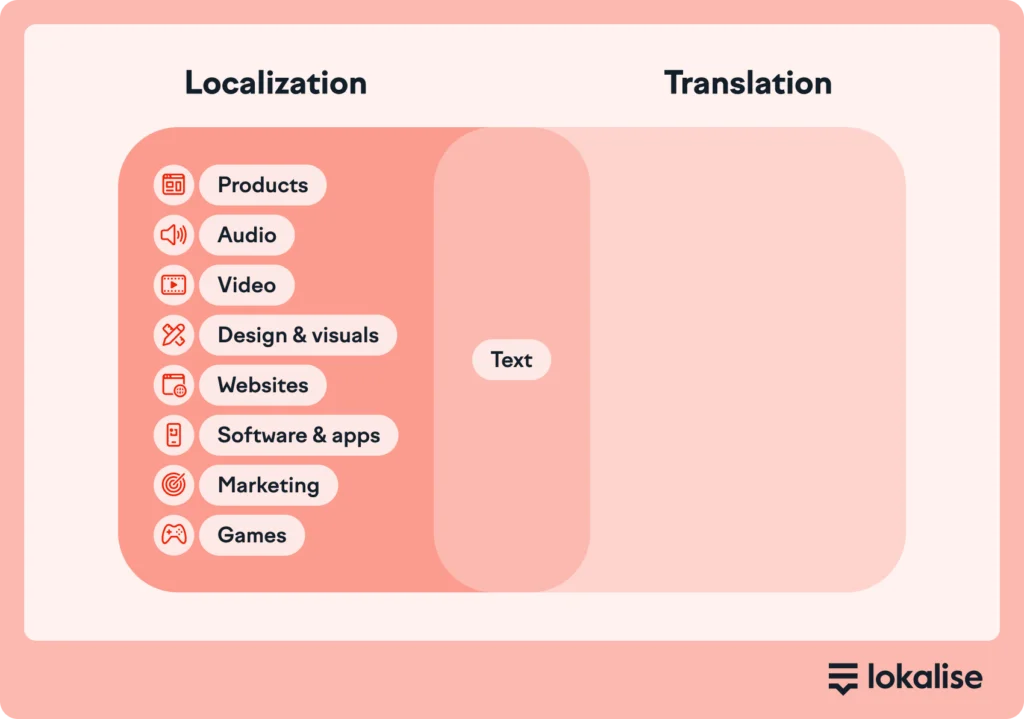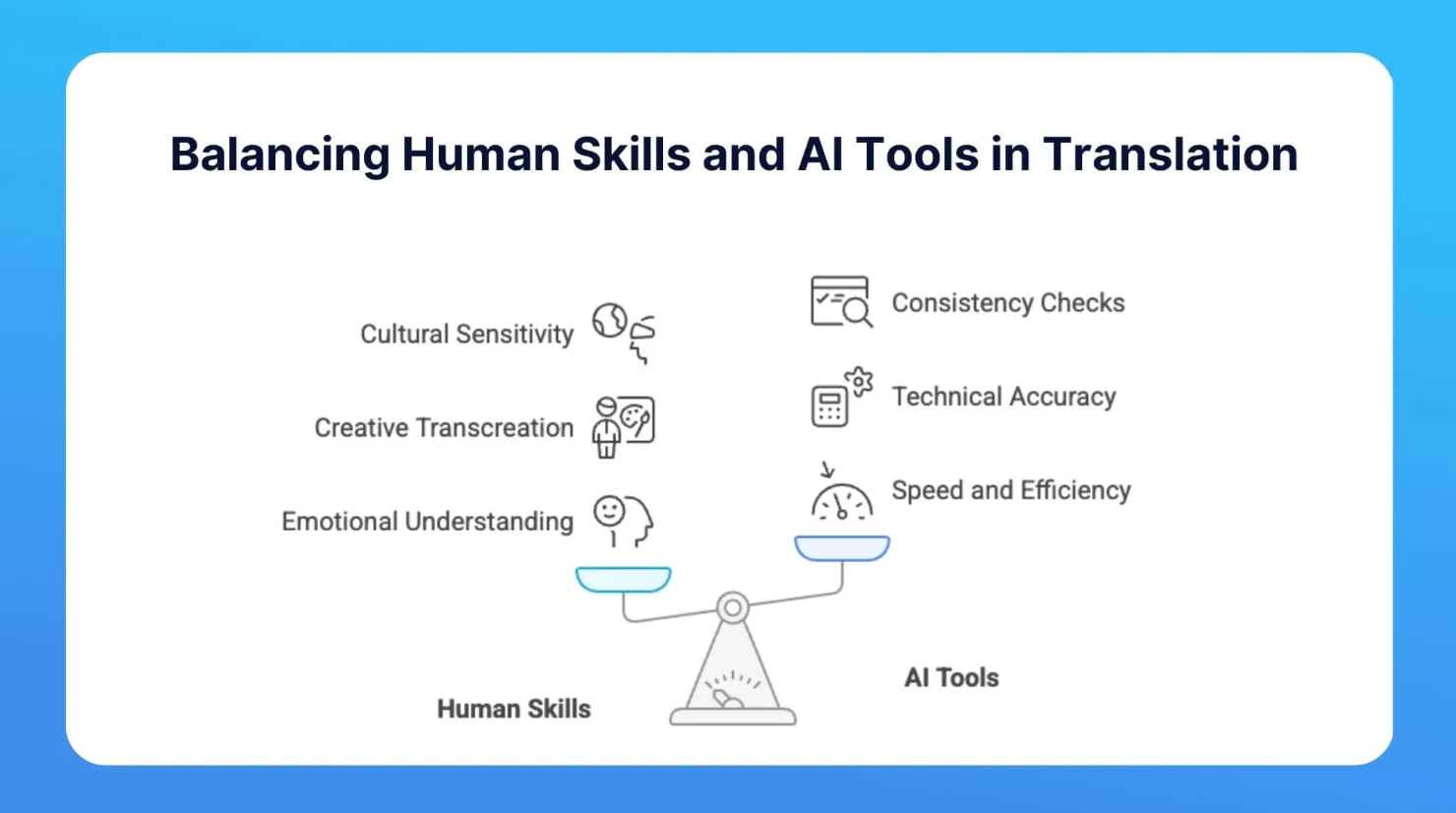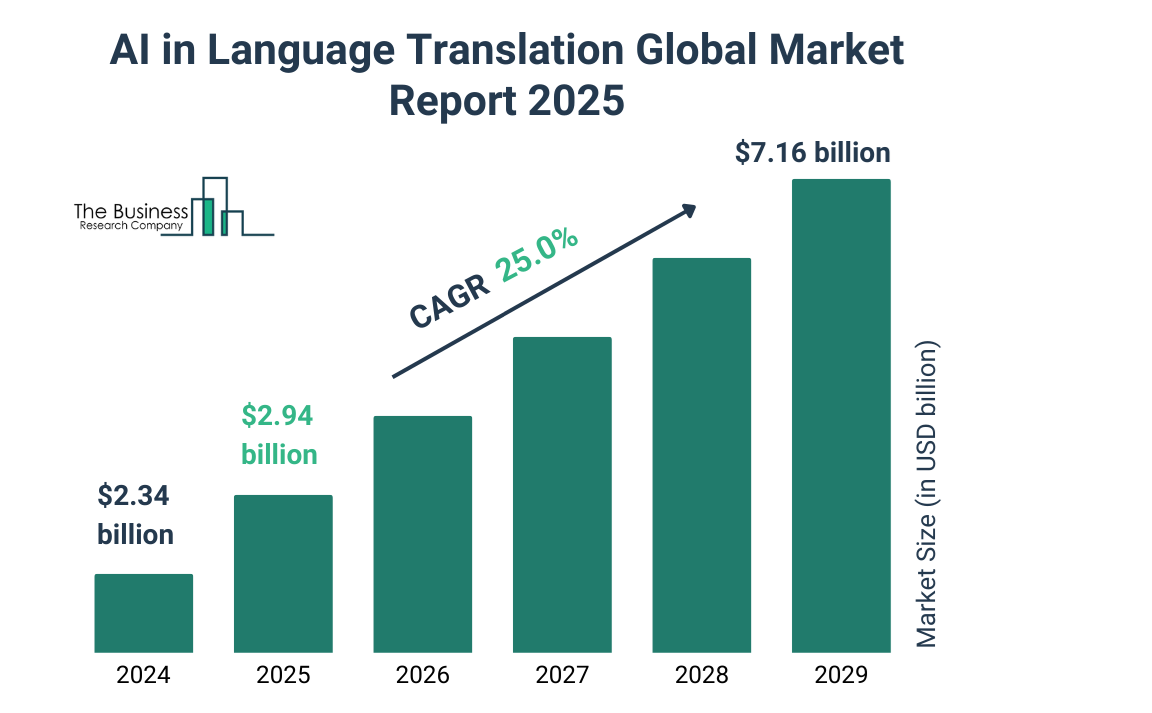The Role of AI in Language Learning and Translation
Discover the role of AI in language learning and translation, transforming how we teach, learn, and communicate across languages with cutting-edge technology.
Discover the role of AI in language learning and translation, transforming how we teach, learn, and communicate across languages with cutting-edge technology.

The role of AI in language learning and translation is becoming more important than ever. Learning a new language can feel challenging, whether it’s remembering vocabulary, getting pronunciation right, or finding the confidence to speak.
Artificial intelligence is changing that by offering personalized lessons, real-time feedback, and powerful translation tools. In this article, we’ll explore how AI is reshaping language learning and translation, making the process easier, faster, and more effective.

AI is making language learning faster and more fun, with apps like Duolingo, Babbel, and Memrise leading the way. These tools use machine learning and natural language processing (NLP) to tailor lessons to each user’s pace and ability. Instead of a one-size-fits-all approach, AI creates personalized learning paths that adapt as you improve.
With AI-powered chatbots, you can even practice real conversations and get instant feedback on your pronunciation and grammar. This technology also helps correct mistakes in real-time, allowing learners to improve immediately. Additionally, many apps use gamification, turning learning into a game and spaced repetition, which helps you remember new words and phrases over time.
Platforms like Coursebox AI take this further by offering automated, adaptive learning experiences designed to match individual learner needs. It allows for personalized content and supports multiple languages, ensuring that learners receive tailored courses that continuously evolve as they progress.
Research shows that AI-powered personalized learning can increase learner engagement by 47%, reduce course dropouts by 32%, and improve performance by 23%.
Whether you’re working on fluency or starting, AI makes learning a language more accessible and effective.

AI-driven translation tools like Google Translate, DeepL, and Microsoft Translator have made it easier than ever to communicate across different languages. For travelers and business professionals, real-time voice translation apps and devices are game-changers, helping people connect instantly without needing to learn the language first.
One of the key advancements in this space is neural machine translation (NMT), which helps improve the accuracy of translations by better understanding the context of words and phrases.
This technology is especially useful in multilingual customer support and global commerce, where clear communication is crucial for success. For example, many companies use AI translation tools to enter new markets, making offering products and services worldwide easier.
However, AI still struggles with translating idioms, cultural nuances, and regional dialects, sometimes leading to awkward or incorrect translations.

Yes, AI can translate languages, and it’s improving rapidly thanks to advances in machine learning and neural machine translation (NMT). Popular tools like Google Translate, DeepL, and Microsoft Translator can handle text, speech, and even images in real time, which makes them highly useful for travel, everyday conversations, and quick business communication.
Where AI shines is in speed, accessibility, and cost-effectiveness. It can instantly translate hundreds of languages and is constantly learning from large datasets, which helps improve accuracy over time.
However, AI still faces challenges with idioms, humor, cultural nuances, and specialized terminology. These are areas where human translators remain essential, particularly for legal, medical, or creative work that requires nuance and precision.

AI-powered language learning is helping people pick up new languages faster than ever. It’s more efficient than traditional methods because AI can adjust the lessons based on your progress. Instead of a one-size-fits-all approach like you’d find in a classroom, AI creates personalized learning experiences that fit your unique style. This lets you learn at your own pace.
AI-driven personalized learning has been shown to increase employee engagement by 30% and improve learning results by 25%. AI-based tools are also often more affordable, with many apps costing much less than a private tutor or language course.
However, one downside is that AI can’t fully replace real-life interactions. It struggles to recreate the natural flow of conversation and cultural nuances that come with real-world practice. Still, combining AI tools with traditional tutoring or classroom lessons can offer the best of both worlds.

AI is transforming how global brands localize content, making it easier for companies to reach new markets quickly.
AI tools can translate large volumes of technical, legal, and medical documents much faster than humans, which is a big help when accuracy and speed are critical.
In entertainment and education, AI plays a big role in subtitling and dubbing, allowing content to be adapted for different languages more efficiently. However, even with these advancements, human expertise is still necessary.
AI translations often need human post-editing to ensure accuracy and make sense in the cultural context. This is especially important for professional translations, where a small mistake can lead to serious issues.
Legal and ethical concerns also come into play when using AI for official documents, as AI can miss important nuances or make errors that could lead to complications.
Balancing AI and human expertise is key to reliable and accurate translations.

AI has made big strides in language learning and translation, but it still faces some serious challenges. One major issue is accuracy. While AI can handle many languages, it struggles with regional dialects and less common languages.
AI also often misses the cultural context and subtle nuances that human translators naturally understand. This is why human translators are still crucial, especially for complex or sensitive translations.
Another concern is data privacy. Many AI-driven language tools collect user data to improve their algorithms, but this raises ethical questions about how that data is used and protected.
Looking ahead, AI will keep improving, with advancements expected in better handling of dialects, more accurate translations, and even more personalized learning experiences. But for now, there is still some catching up to do.

AI is set to make language learning even more exciting in the coming years.
In the future, we’ll see more immersive experiences through virtual reality (VR) and augmented reality (AR), where learners can practice conversations in real-world scenarios, like shopping or traveling, all within a virtual space.
Generative AI will also take personalized learning to the next level, tailoring lessons even more to each person’s needs and progress.
AI is expected to break down language barriers faster in real-time communication, making it easier for people from different countries to talk to each other without delay.
We’re also seeing AI and AR come together in translation apps, where users can simply point their device at the text in another language and see the translation instantly on the screen.
For example, Google Translate has a feature where you can point your phone's camera at text, like a menu or a sign, and the translation will appear on your screen instantly.
Looking ahead to 2030, AI will play an even bigger role in global communication and education, making learning more accessible, engaging, and personalized for everyone.
AI is revolutionizing how we learn and communicate across languages. From real-time translation to adaptive language lessons, the future of multilingual education is becoming smarter, faster, and more accessible.
If you’re ready to create multilingual training programs that adapt to every learner, try Coursebox AI. With automated course creation, personalized learning paths, and multi-language support, it’s the easiest way to build training that truly breaks language barriers. Book a FREE demo today!
Yes, several AI-powered systems specialize in translation. They use neural machine translation (NMT) and natural language processing (NLP) to convert text, speech, or images into another language. These systems are widely accessible through apps and platforms, making real-time communication across languages possible for travelers, businesses, and learners.
A well-known example is Google Translate, which supports over 100 languages and offers text, voice, and image translation. Another popular choice is DeepL, praised for its accuracy in European languages. Microsoft Translator also provides real-time translations, often used in business and education. Each tool leverages AI to improve context and fluency.
AI is not fully replacing human translators. While AI tools handle everyday communication and simple documents efficiently, they struggle with cultural nuances, idioms, and specialized terminology. Professional translators remain essential in legal, medical, and creative contexts where accuracy and cultural understanding are critical. Instead of replacing, AI often complements human translation work.
Using AI for translation is simple: choose a platform like Google Translate, DeepL, or Microsoft Translator, input text or speech, and receive instant results. Many tools also allow voice translation or scanning text with a camera. Businesses integrate AI translation into chatbots, customer support, and global communication systems for efficiency.
Yes, AI is increasingly used in language learning. Apps like Duolingo, Babbel, and Coursebox AI personalize lessons, provide real-time grammar and pronunciation feedback, and simulate conversations through chatbots. By adapting to each learner’s pace and style, AI makes language practice more engaging, interactive, and effective compared to traditional, one-size-fits-all methods.
The best AI translation tool depends on your needs. DeepL is praised for accuracy and natural phrasing, especially in European languages. Google Translate offers wide language coverage and image translation. Microsoft Translator integrates well with business tools. For professional use, combining AI tools with human review delivers the most reliable results.
Get started for free today.
